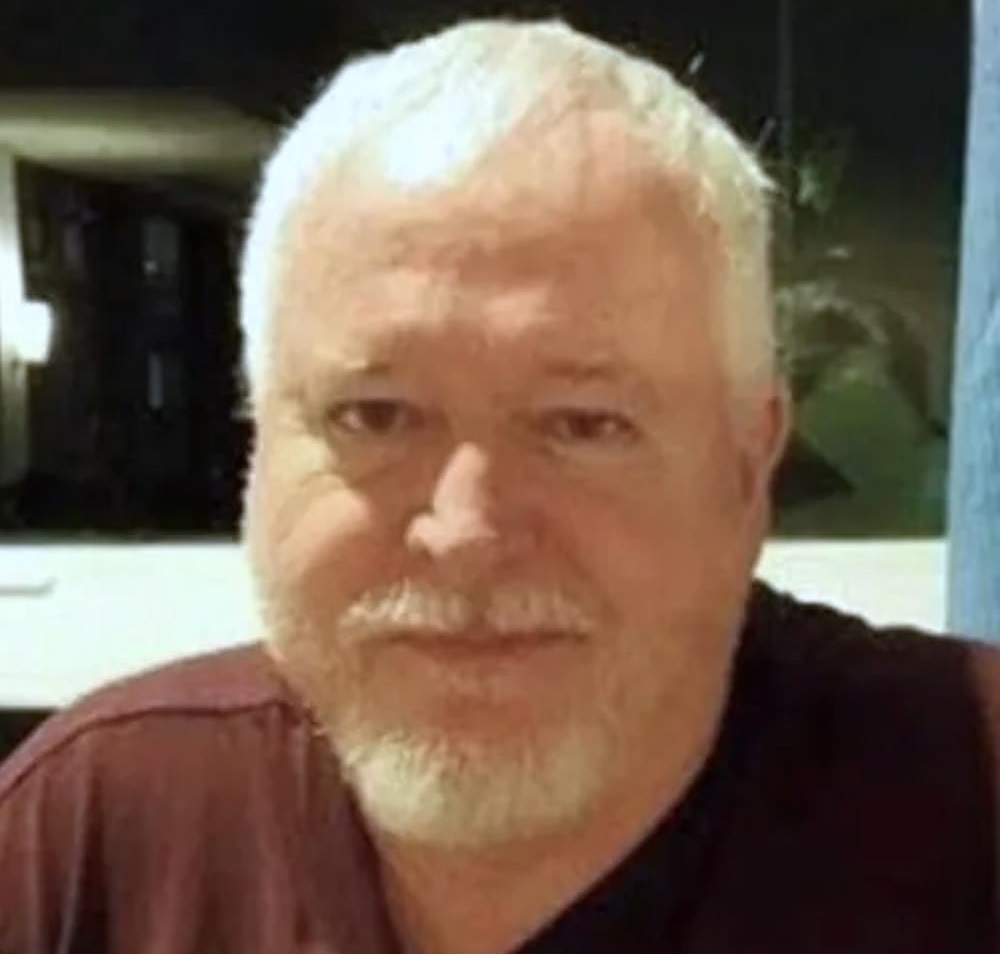
b: 1951
Thomas Donald Bruce McArthur
Summary
Name:
Years Active:
2010 - 2017Birth:
October 08, 1951Status:
ImprisonedClass:
Serial KillerVictims:
8Method:
Beating / StabbedNationality:
Canada
b: 1951
Thomas Donald Bruce McArthur
Summary: Serial Killer
Name:
Thomas Donald Bruce McArthurStatus:
ImprisonedVictims:
8Method:
Beating / StabbedNationality:
CanadaBirth:
October 08, 1951Years Active:
2010 - 2017Date Convicted:
January 29, 2019bio
Thomas Donald Bruce McArthur, also known as Bruce McArthur, was born on October 8, 1951, in Lindsay, Ontario. He grew up on a farm in Argyle, located in the Kawartha Lakes region. McArthur was raised in a household with his parents and sister. His parents were known for fostering troubled children from nearby Toronto, often caring for six to ten at a time. They were well-respected in their community.
McArthur's mother was Irish Catholic, while his father was a Scottish Presbyterian. Both parents were devout in their faith, leading to religious arguments at home. McArthur sided with his mother during these disagreements, which sometimes led to friction with his father. McArthur later believed that his father may have suspected his homosexuality. Growing up in rural Ontario during that time, he struggled to accept this aspect of himself, as it was seen as abnormal.
In primary school, McArthur did not fit in well with his classmates, making his childhood more challenging. For secondary education, he attended Fenelon Falls Secondary School, where he met and began dating Janice Campbell. They graduated in 1970, and McArthur later completed a program in general business. At the age of 23, he married Campbell.
After marrying around 1973, McArthur started working as a buyer's assistant at an Eaton's department store in downtown Toronto. He left that job in 1978 and began working as a traveling salesman for McGregor Socks. Eventually, he became a merchandising representative for Stanfield's, a garment company.
In the mid-1970s, McArthur's father was diagnosed with a brain tumor and moved into a nursing home. This created a rift for McArthur, especially when his mother became interested in another man. McArthur found solace in developing a closer relationship with his father. His mother passed away from cancer in 1978, and his father died in 1981.
In 1979, McArthur and Janice moved to a house on Ormond Drive in Oshawa. By 1981, their family expanded to include a daughter, Melanie, and a son, Todd. In 1986, they bought a house on Cartref Avenue in Oshawa. During this time, McArthur became active in his church, hoping to distract himself from his growing homosexual feelings.
From the early 1990s, McArthur started having affairs with men and eventually came out to his wife, although they continued to live together. After 1993, he left the clothing trade due to financial difficulties. This strain on the family worsened when Todd faced legal issues for making obscene phone calls.
In 1997, McArthur separated from Campbell and moved to Toronto, as there was no gay community in Oshawa. He spent time in the Church and Wellesley area, also known as Toronto's gay village, and began a four-year relationship with another man. As his marriage was ending, McArthur sought therapy and was prescribed Prozac for a period. Around this time, he shifted his career to landscaping.
murder story
In November 2012, police began investigating the disappearance of Skandaraj "Skanda" Navaratnam under a task force called Project Houston. This case was set off by a disturbing post on a cannibal web forum, which alleged that a man had killed and eaten someone in Toronto. By June 2013, two other missing men, Abdulbasir "Basir" Faizi and Majeed "Hamid" Kayhan, were linked to Navaratnam's case because they shared similar backgrounds and disappeared around the same area and time. The task force found no evidence at the time to connect McArthur to these cases, and the investigation concluded without identifying a suspect.
On June 26, 2017, Andrew Kinsman went missing shortly after attending Pride festivities in Toronto. Concerned friends noted the absence of Kinsman's cat and his prescription meds and reported him missing on June 29. A new task force, called Project Prism, was established in late July 2017, to investigate Kinsman's disappearance along with Selim Esen, who had also gone missing. Police became worried about a potential serial killer after the body of Tess Richey was found nearby in late November.
On January 17, 2018, crucial evidence connecting Bruce McArthur to both Andrew Kinsman and Selim Esen emerged. This included a calendar entry for "Bruce" on the day Kinsman went missing and surveillance footage showing someone matching Kinsman's description approaching a van registered to McArthur. Police quickly set up surveillance on McArthur and executed a search warrant at various properties linked to him.
On January 18, 2018, police arrested McArthur after they found a young man restrained in his apartment. This man had met McArthur through a dating app. Following the arrest, police seized a large number of electronic devices from McArthur’s home, and through further investigation, they began to link him to Kinsman and Esen in a significant way.
During the investigation, police obtained forensic evidence that led to the discovery of human remains in planter boxes at a property linked to McArthur. By late January 2018, they had uncovered remains believed to belong to multiple missing persons. McArthur was subsequently charged with additional counts of first-degree murder, including the presumed deaths of Kayhan, Mahmudi, and Lisowick.
As the investigation progressed, it revealed a pattern in the missing men. Many were members of the LGBTQ community, some with ties to McArthur. Ultimately, the investigation linked eight unsolved cases to McArthur. On January 29, 2019, McArthur pleaded guilty to eight counts of first-degree murder in Ontario Superior Court. He was sentenced to life in prison with no chance of parole for 25 years.